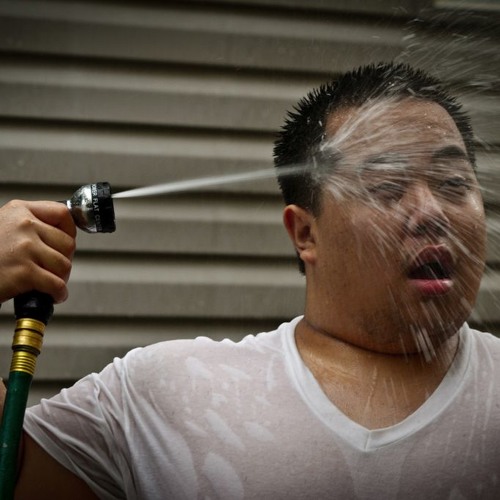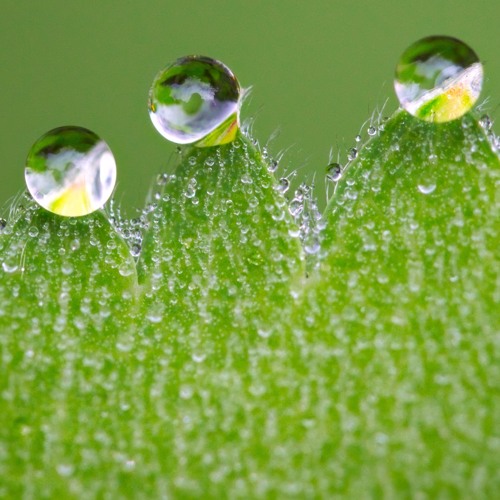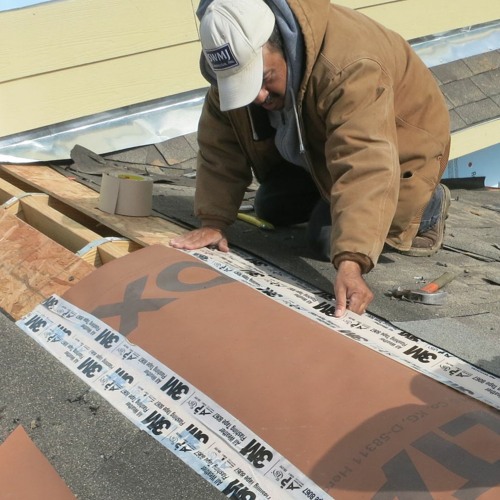Frigid temperatures bring health hazards like frostbite and hypothermia, but one of the most frequently overlooked cold-weather hazards is dehydration.
When it’s hot out, it’s common to get thirsty, but when it’s very cold, people don’t feel as thirsty so they drink less. And that can lead to dehydration.
How It Happens
See that vapor when you’re breathing? That’s your body losing water. All the extra clothing you need makes you work harder and you sweat just as much as if it’s a warm summer day. But if it’s cold and you’re sweating, that sweat evaporates quickly in the cold, dry air, and you don’t feel as warm. To put it simply, your body doesn’t realize how much fluid it’s actually losing.
Your body’s automatic responses react differently in cold weather. To maintain your body’s core temperature blood vessels nearest the skin constrict, a process called “vasoconstriction.” This is an automatic response to help conserve body heat and bodily fluids, but it also causes your body to reduce your thirst sensation. When your thirst sensation drops, you don’t get the necessary stimulation to drink as much as you should. And that leads to dehydration.
Research on animals shows that they have the same decreased thirst sensation in cold weather that humans do. Dogs experience vasoconstriction and dehydration, but they instinctively drink back all the fluid they have lost. Unfortunately, we humans don’t share the same instinct, so we have to remind ourselves that we need to drink just as much fluid when it’s cold as we do when it’s hot. And we especially need to drink extra fluids when we are exercising or working outdoors.
Symptoms of Dehydration
Dehydration causes many problems, and the more dehydrated you are the worse it affects you. Physical exhaustion and muscle fatigue are common reactions to dehydration; cramps, dizziness, and lightheadedness can follow. Severe dehydration can lead to a loss of balance and coordination and even a stroke. And dehydration makes your immune system work overtime, which makes you more susceptible to colds and the flu.
Combating Dehydration
How do you make sure you are drinking enough? One of the best ways is to check the color of your urine output. The darker it is, the more you need to hydrate. Normally, it should be light yellow or almost clear.
A good rule of thumb to follow is to drink at least half your body weight in fluid ounces. For example, a 180-pound person should drink at least 90 ounces a day, and more if they are working hard or exercising. A natural way to increase your fluid intake is by eating fruits and vegetables.
Don’t let cold weather’s hidden hazard fool you: Stay hydrated.
Source: Safety Memos Publishing Company











